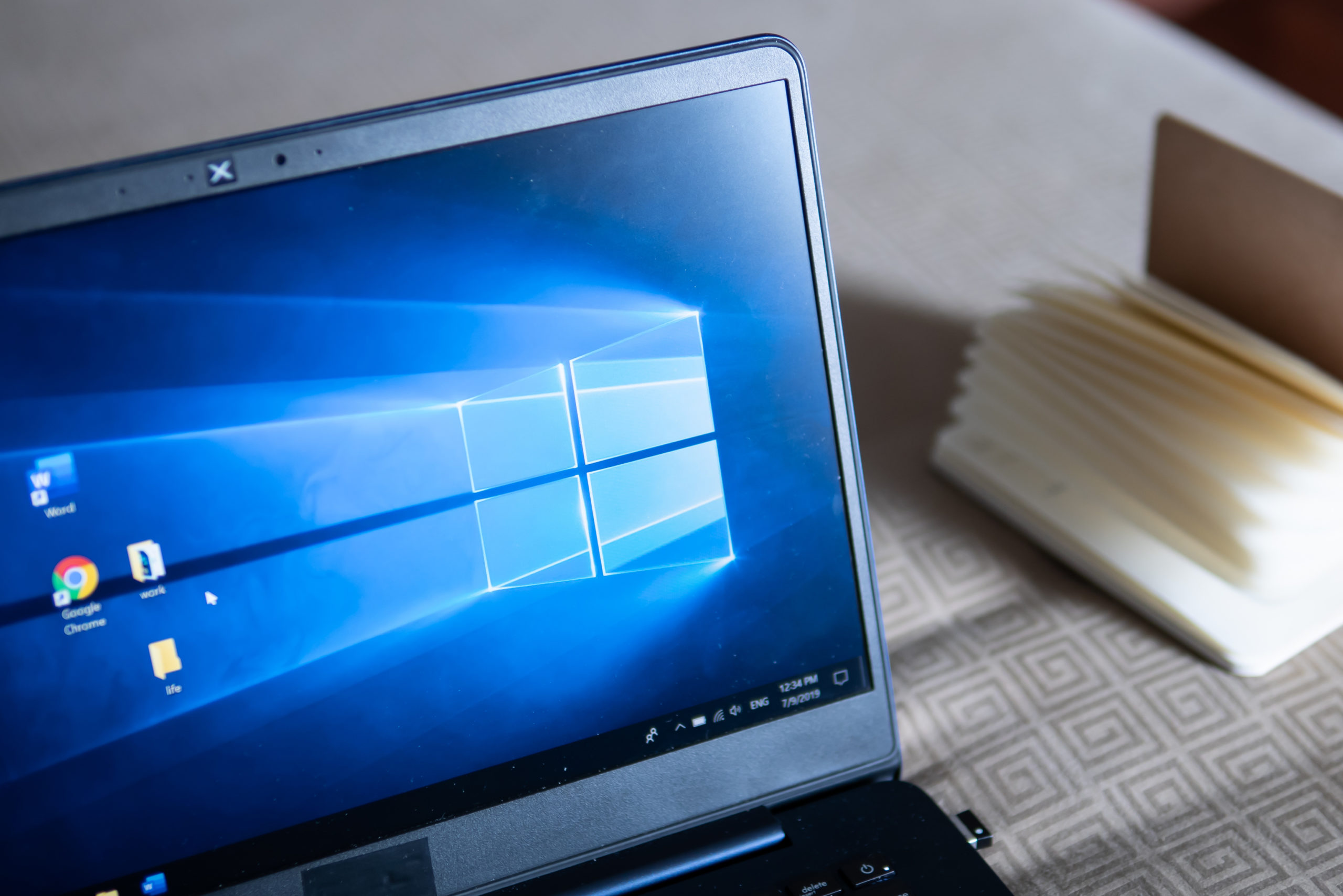Dealing with operating system errors or computer crashes can be extremely frustrating and inconvenient. Computer crashes often result in lost data, files, programs, etc., and recovering all of the information can be expensive and isn’t always guaranteed. But what if there was a way that might help prevent computer crashes or Windows errors?
It turns out, most computer problems can be solved or avoided through proper maintenance, and it may not be as difficult as you think. It actually may be as simple as knowing how to clean your registry in Windows 10. In this article, we will discuss the importance of cleaning your Windows registry and explain how to do this in Windows 10.
What is Windows Registry, And How Does it Work?
The Windows Registry is a section of your computer that contains settings and databases for pretty much everything that you use. Often called “the heart” of a computer, the registry stores information and settings for operating system configurations, user preferences, software programs, and hardware devices.
The longer we have our computer, the more frequent that new updates, downloads, and installations occur and can eventually slow down your computer. This is where your registry comes into play. Every program, application, driver, utility, game, download has data that will be stored in your operating system’s registry and when data begins to overflow with unwanted data, it can actually cause your computer to crash. Safe and frequent registry cleanups can help improve performance and prevent crashes if done correctly.
How To Clean Your Registry Safely in Windows 10
Not everyone knows what a registry is, so it may have never occurred to them to clean theirs. There are a few different methods that you can use to clean your registry, including Windows tools and third-party software, so let’s discuss so you can choose what option works best for you. It’s essential to backup your registry before attempting to clean it. Backing up your registry is helpful in the event that you accidentally delete a wrong file that was essential to the functionality of your computer.
- Disk Cleanup
One of the easiest ways to clean your Windows 10 registry is to launch Disk Cleanup. It is already installed on your computer, and although it does not directly clean your registry, it does uninstall and remove old and unnecessary files that may still have data in the registry. When Disk Cleanup is performed, registry data entries are often removed and deleted as well. Regular Disk Cleanups should be performed regularly to maintain performance. - Windows DISM
Another method that can contribute to a healthier registry is the DISM from Windows. According to Microsoft, Deployment Image Servicing and Management (DISM.exe) is a command-line tool that can be used to service and prepare Windows images and system errors. DISM helps to repair any issues that may be associated with broken registry entries and can significantly reduce registry issues on your PC. - MyCleanPC Software
Sometimes it is best to leave the cleaning to the professionals. In this case, a software program that specializes in cleaning a PC and fixing registry issues. MyCleanPC is a software program that cleans your computer to improve performance. One of the many components of this PC cleaning software deals with fixing registry issues. MyCleanPC not only detects and removes/repairs registry files issues, but it also fixes incorrect system configurations. Registry cleaning software may also be the safest way when it comes to knowing how to clean your Registry in Windows 10. PC Cleaning programs typically start with a scan of your computer, including the registry, and then will select and delete unnecessary files and registry entries that may be causing performance problems in your computer.
If, at any point, a significant problem occurs, your registry backup can be restored, but to prevent this from happening, consider a PC cleaner that specializes in registry cleaning.
It’s important to keep up with computer updates, maintenance, and prevention methods to keep your PC in tip-top shape. Performing a registry cleanup using third-party software can make all the difference when it comes to registry-related issues.

